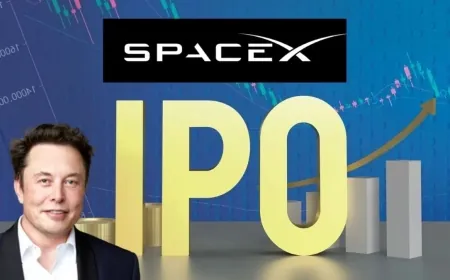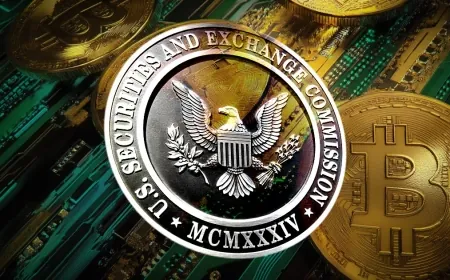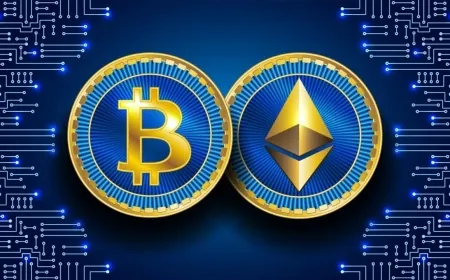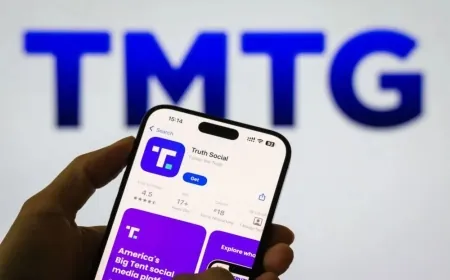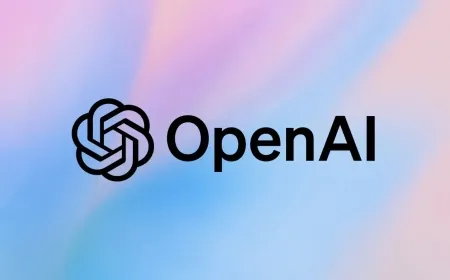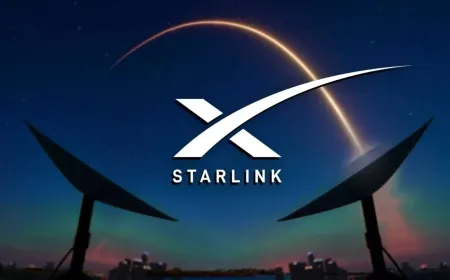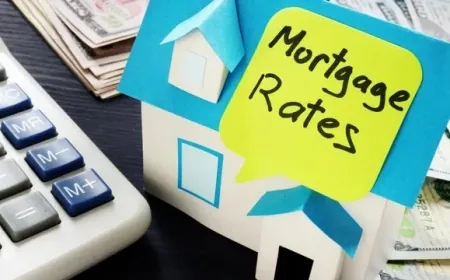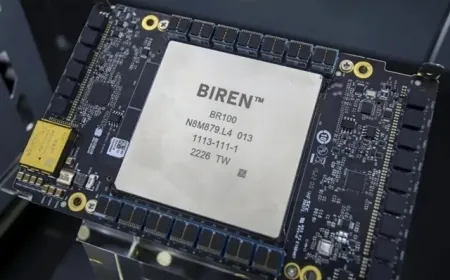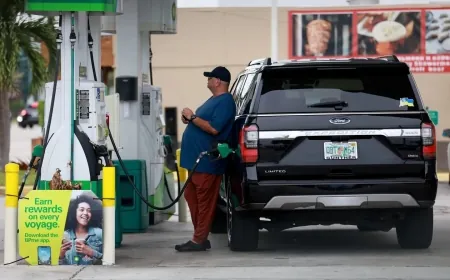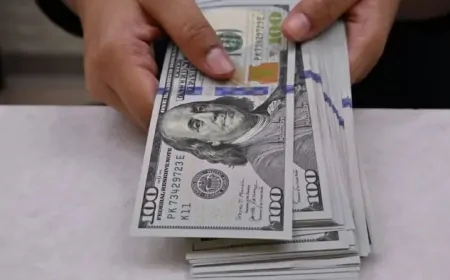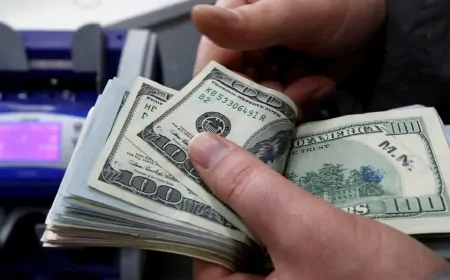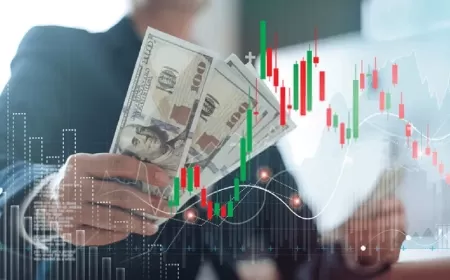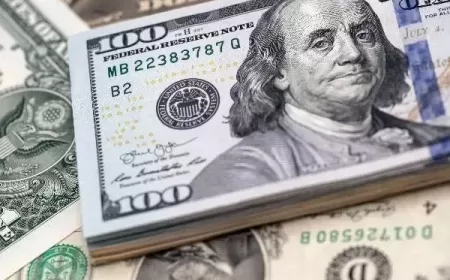Could XRP Break $10? Real-World Asset Tokenization May Be the Deciding Factor
Can XRP dominate the $16T asset tokenization race? With built-in compliance tools, it could be crypto's biggest winner—if it captures real volume.

XRP’s long-term value proposition is increasingly tied not to retail hype but to a future where trillions of dollars in traditional assets are represented as tokens on blockchain networks. This trend—called real-world asset (RWA) tokenization—is moving from theory to implementation, and XRP is positioning itself as a chain built for institutional compliance, liquidity, and scale.
At a current price of $2.26 and circulating supply of 58.8 billion tokens, XRP’s market cap stands at around $133 billion. For the token to hit $10, it would need to surge to a roughly $588 billion valuation—a move that would require real traction in the enterprise space, not just optimistic forecasts.
$16 Trillion Tokenization Boom Isn’t a Fantasy—It’s a Forecast
Real-world asset tokenization is not an abstract idea anymore. As of June 9, blockchains were already tracking over $23.2 billion in tokenized RWAs. Boston Consulting Group projects that figure could balloon to $16 trillion by 2030. This includes tokenized government bonds, private equity shares, commodities, and even niche assets like artwork or land deeds.
If XRP were to capture just 8% of that $8 trillion addressable market (assuming half of BCG’s upper range), the resulting on-chain value would validate a multibillion-dollar valuation. The path to that outcome, however, will be dictated by which blockchain can prove itself as the most stable, compliant, and liquid.
Why XRP’s Built-In Controls Appeal to Money Managers
What differentiates XRP from major competitors like Ethereum isn’t just speed or cost—it’s architecture. Ethereum depends on external smart contracts for basic compliance checks such as KYC and AML procedures. XRP, on the other hand, embeds institutional-grade tools directly into its base layer.
These include asset-freezing mechanisms, rogue wallet blacklisting, and complete pool lockdowns—features that asset issuers managing billions in regulated capital are increasingly demanding. Upgrades expected later this year include a native identity framework designed to make it easier for institutions to manage wallet-level permissions and meet regulatory obligations on-chain.
Automated Market Making Adds Liquidity at a Critical Time
One often-overlooked development is XRP’s March protocol upgrade, which introduced native automated market maker (AMM) pools. These liquidity mechanisms allow major holders to earn yield while reducing slippage for institutional-sized trades. In a tokenized world, where efficient price discovery and deep liquidity are mandatory, XRP’s AMM layer could become a critical piece of infrastructure—especially for issuers dealing with fixed-income products or high-volume settlements.
Three Conditions Must Be Met Before XRP Can Justify a $10 Price Tag
Even with structural advantages, XRP will not see a dramatic price leap without actual usage. There are three non-negotiables:
-
Institutional Transaction Volume: Pilot programs must move beyond testing into real asset issuance with measurable volume. Without actual financial products being tokenized on XRP, the bull case remains theoretical.
-
Dominant Share of Tokenized Asset Flows: XRP must consistently attract more RWA issuers than rivals, especially Ethereum, which despite its inefficiencies still enjoys a large developer base and early adopter momentum.
-
Regulatory Green Lights: Until major jurisdictions deliver comprehensive RWA tokenization frameworks, institutional risk teams will hesitate. Clarity is needed not just for XRP, but for the entire sector to mature.
Ethereum’s First-Mover Advantage Still Threatens XRP’s Ambitions
Despite XRP’s superior compliance toolkit, Ethereum’s head start cannot be dismissed. It powers the majority of today’s DeFi and tokenized asset experiments, even if it requires a patchwork of third-party KYC modules to remain compliant. Institutional inertia, developer loyalty, and ongoing Ethereum Layer-2 improvements may continue to pull issuers toward its ecosystem.
Any technical issue, delayed upgrade, or legal complication for XRP could cause capital to shift quickly back toward more battle-tested platforms—even if they are less efficient.
XRP Needs More Than Infrastructure—It Needs Results
For long-term holders, XRP’s architectural readiness is not enough. Markets will require proof in the form of real-world asset issuances, trading volume, and sustained institutional activity. Only then can predictions of a $10 token be grounded in fundamentals rather than hope.
The next two years will be critical. As major asset managers explore blockchain rails for cost savings and liquidity enhancements, the chains that offer native compliance and reliable infrastructure will lead. XRP could very well be one of them—but it must first prove it.
Also Read: “You Don’t Need Bitcoin” — Saylor’s Biggest Crypto U-Turn Yet





